Photography along the Way of St. James (Camino de Santiago)
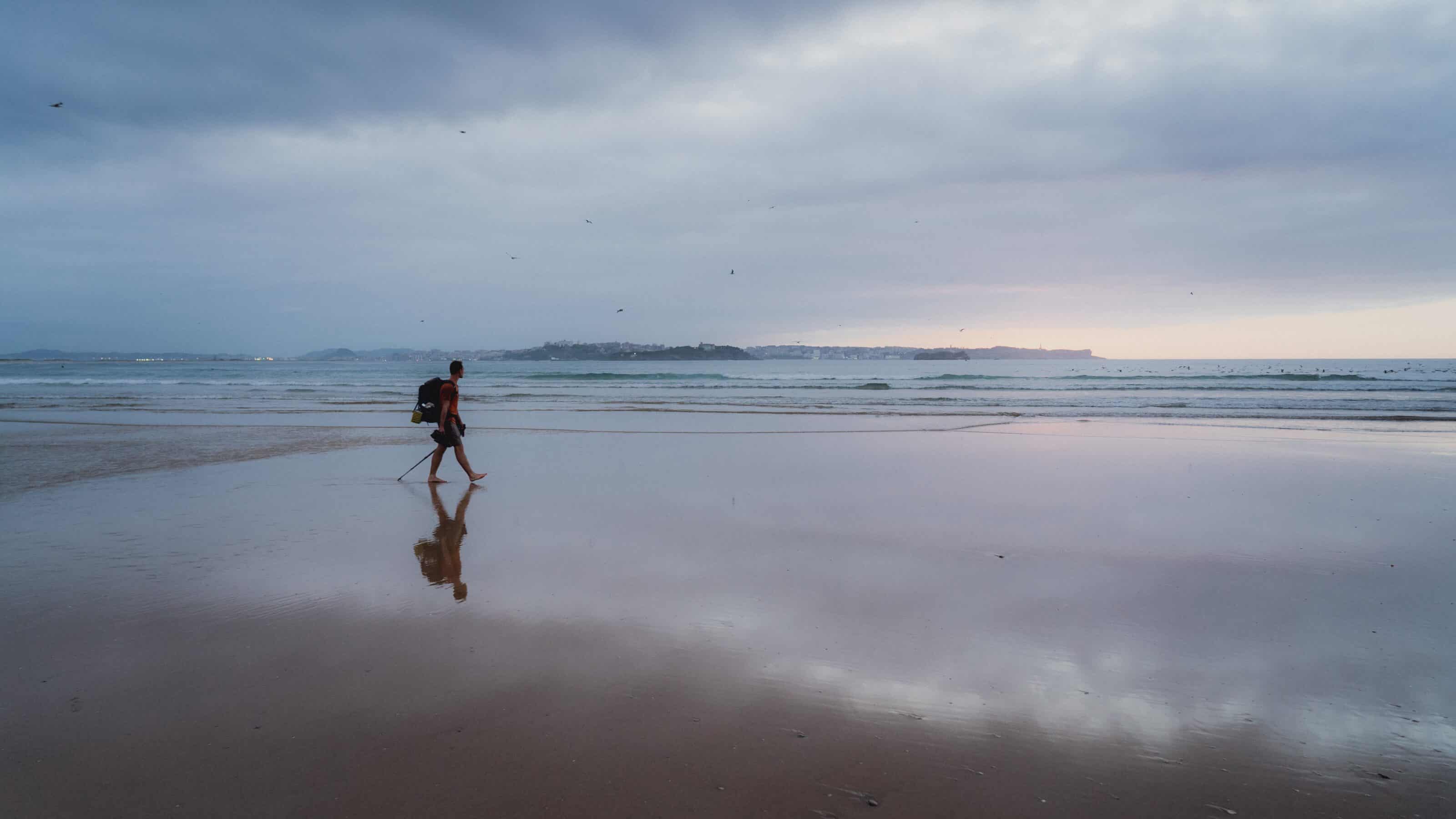
What exactly is the Way of St. James or Camino de Santiago? Originally, it was the pilgrimage route to the tomb of St. James, located in the Spanish city of Santiago de Compostela. Today, there is more than one route to Santiago. The most famous is the 770km (478mi) long French Way (Camino Francés), but there are many other official and unofficial routes.
Each year, pilgrims also set out on the Camino Primitivo which runs through the mountainous interior, or the Camino del Norte, which runs along Spain’s northern coast. The purpose of what was originally a religious pilgrimage has long since changed. Today, people walk the Way of St. James regardless of their religious beliefs. Beyond faith, the pilgrims on this journey share a desire to change or enrich their lives in some way.
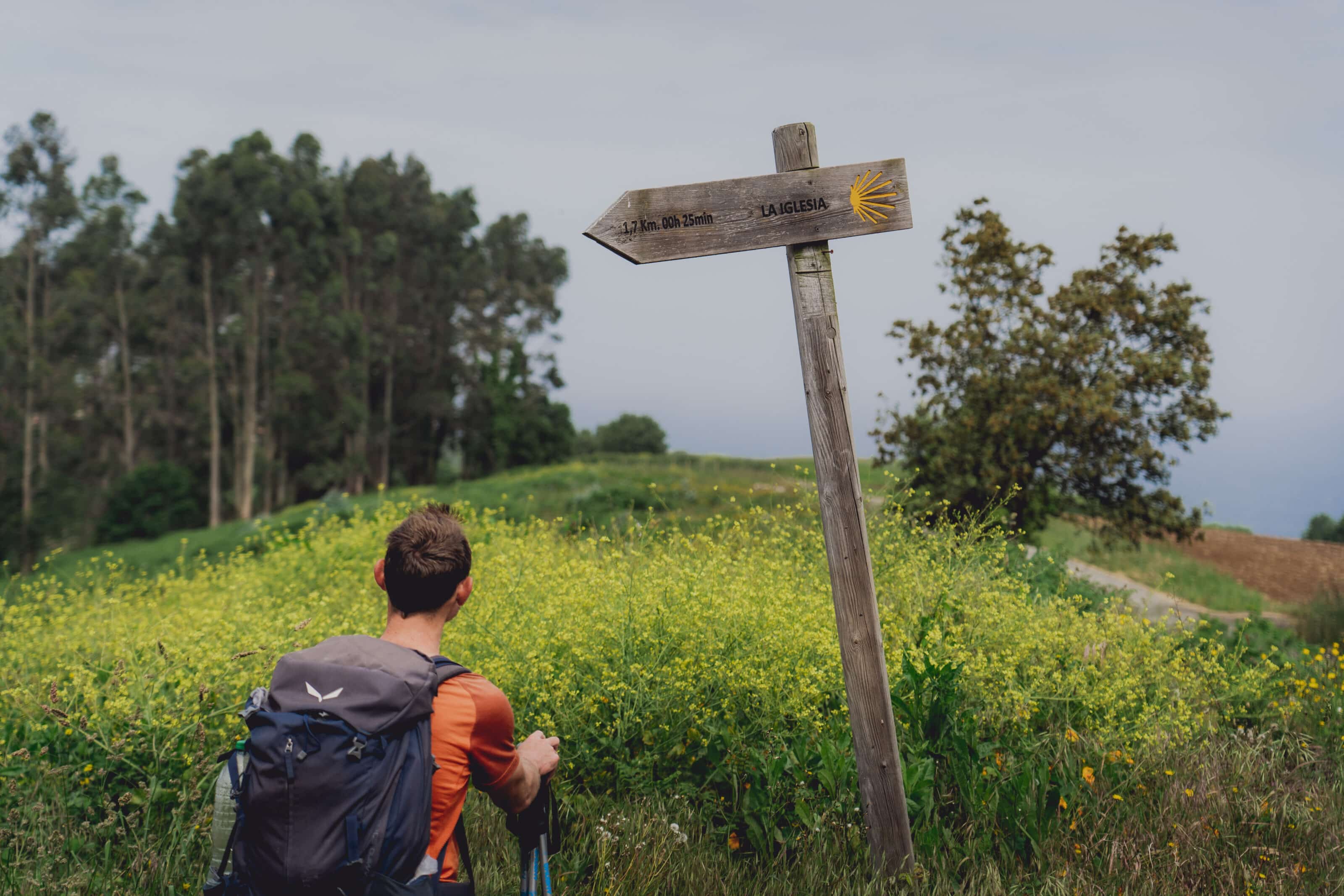
You might wonder what type of camera equipment you can bring on such a long journey. To get a frame of reference, refer to my earlier article Mountain Pass Crossing with Camera in Hand. In its own way, the Way of St. James is a crossing of mountains also. Only this time the setting is slightly more populated. You can afford to bring more camera equipment than when crossing a remote mountain range.
You don’t have to worry about every ounce you pack for the Way of St. James because you don’t need to carry a tent or several days of food supplies. If you don’t want to carry even basic equipment, you can utilize the services of one of the several companies like Jacotrans or Correos, which can transfer your luggage from point to point. That’s all for camera equipment. Next, let’s take a look at the subjects you can photograph along your journey.
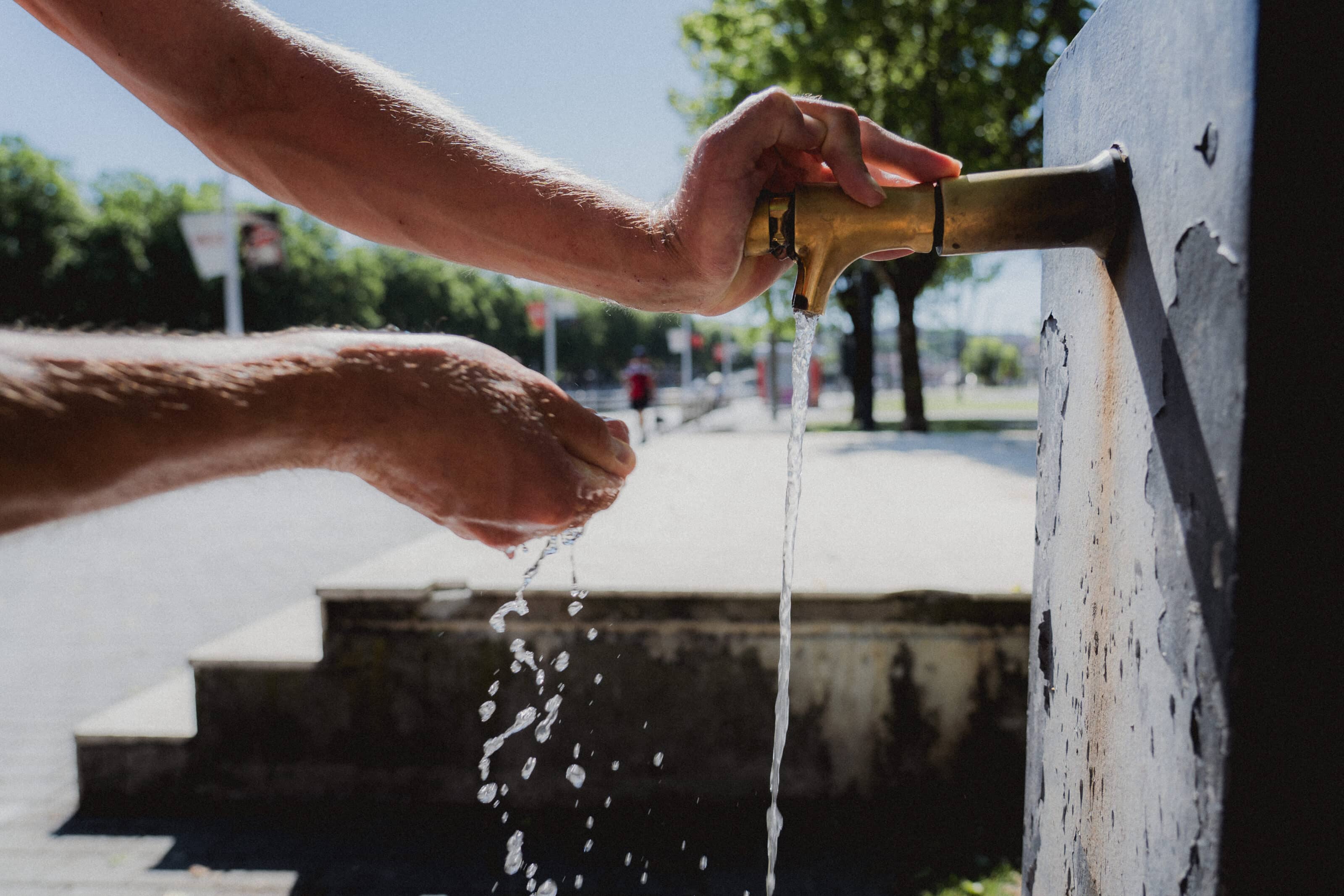
Travel journal
A visual journal is a great way to remember the different parts of the pilgrimage. You can systematically take pictures of what strikes you, as well as what are considered some of the major sights along the way. These photos can then be supplemented with text and factual information to create a comprehensive travel journal.
Or, you can take a more subjective approach and choose to photograph objects that reflect your emotions. The Camino de Santiago is filled with very intense emotional experiences. This is the best time to pull your camera out, even if you’re not in the mood to take pictures.
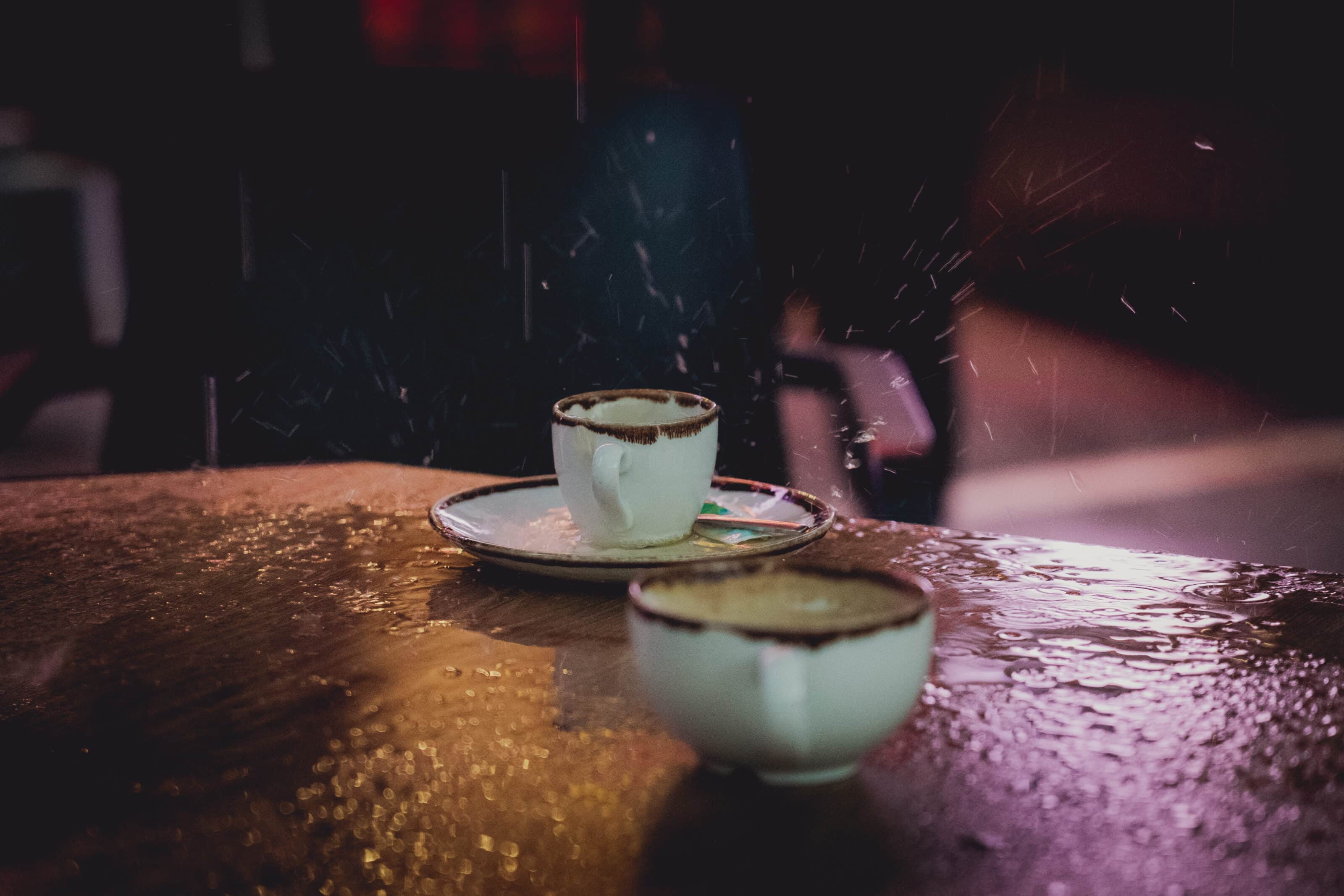
These emotional experiences can occur after an intense summer storm, after swimming in the icy ocean, or throughout the exhausting day when the majority of the trail is along burning-hot asphalt. Memory can be deceiving, and emotions can become distorted over time. Photography is a way to help you preserve clearer memories.

Architecture that spans centuries
You will constantly encounter interesting architecture along the Camino, whether it’s entire towns, remote villages, or isolated mountain settlements. The Camino’s long history has left a rich footprint on the architecture. Spain didn’t suffer as much war damage as other European countries and perhaps every layer of Spanish and European history has been preserved here.
You can enjoy ancient stone mounds and menhirs on the Basque coast near Irun. Or magnificent Gothic churches and chapels including the cathedrals in Buros and Leon and the Baroque cathedral in Santiago. There’s also the post-modern architecture of Bilbao.
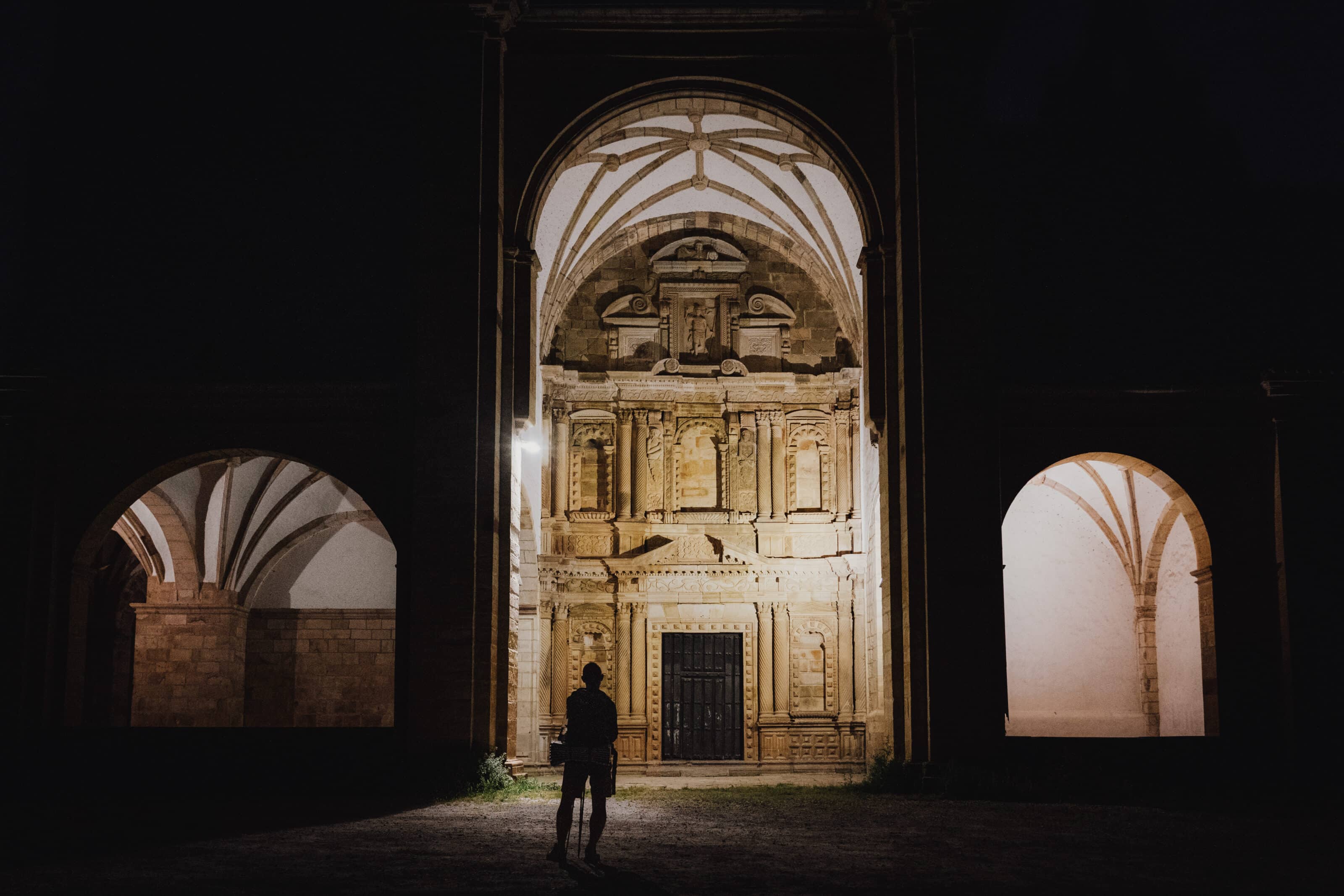
The medieval pilgrimage churches and chapels that stand out against the rugged landscape have their charm. They originally served as a stopover and refuge for pilgrims weary from their travels. Imagine how these magnificent works of art must have amazed the medieval pilgrims. Not just from the inside, but also from the outside. They were built by the masters of the time to blend in with the landscape. Photographers will especially appreciate this.
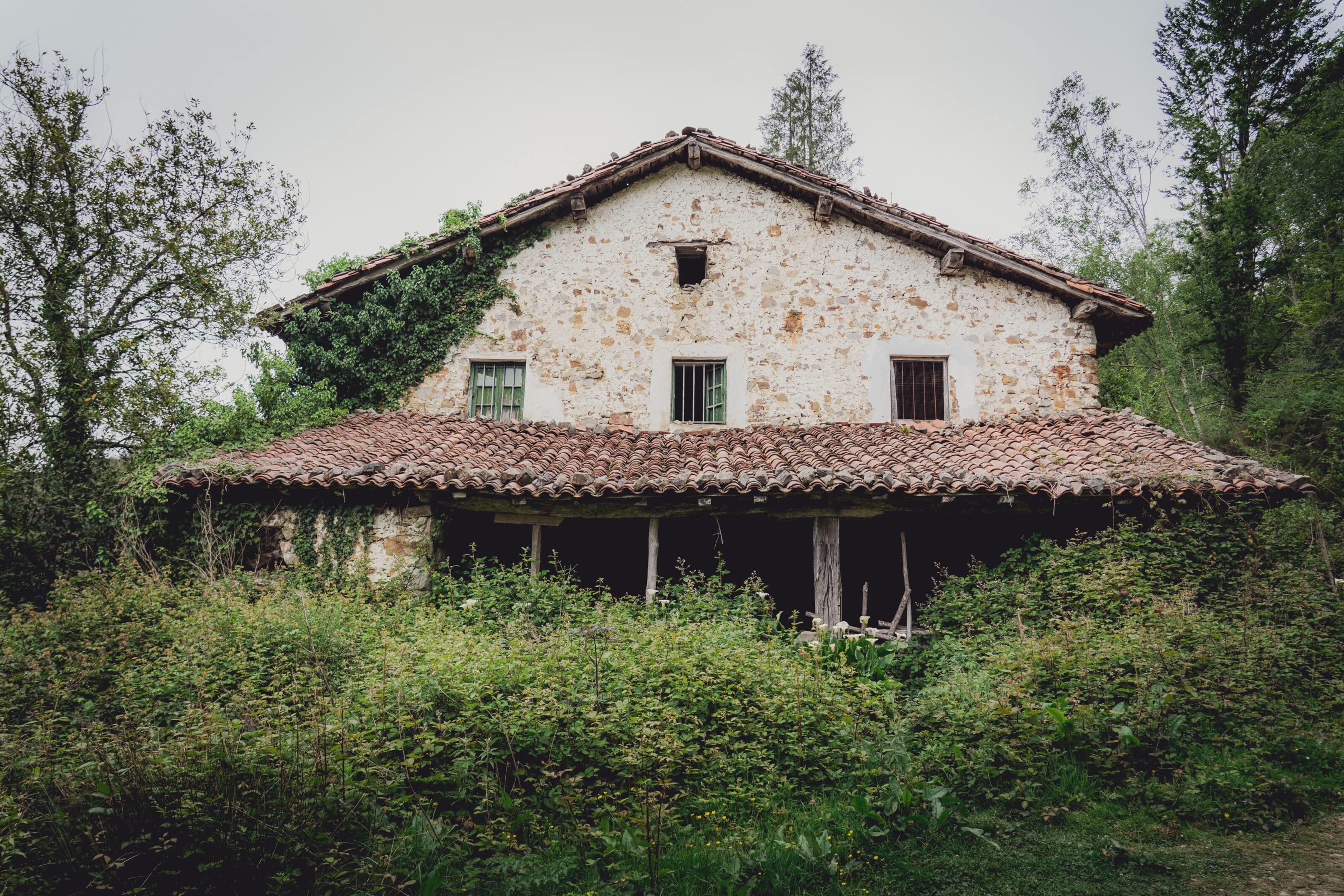
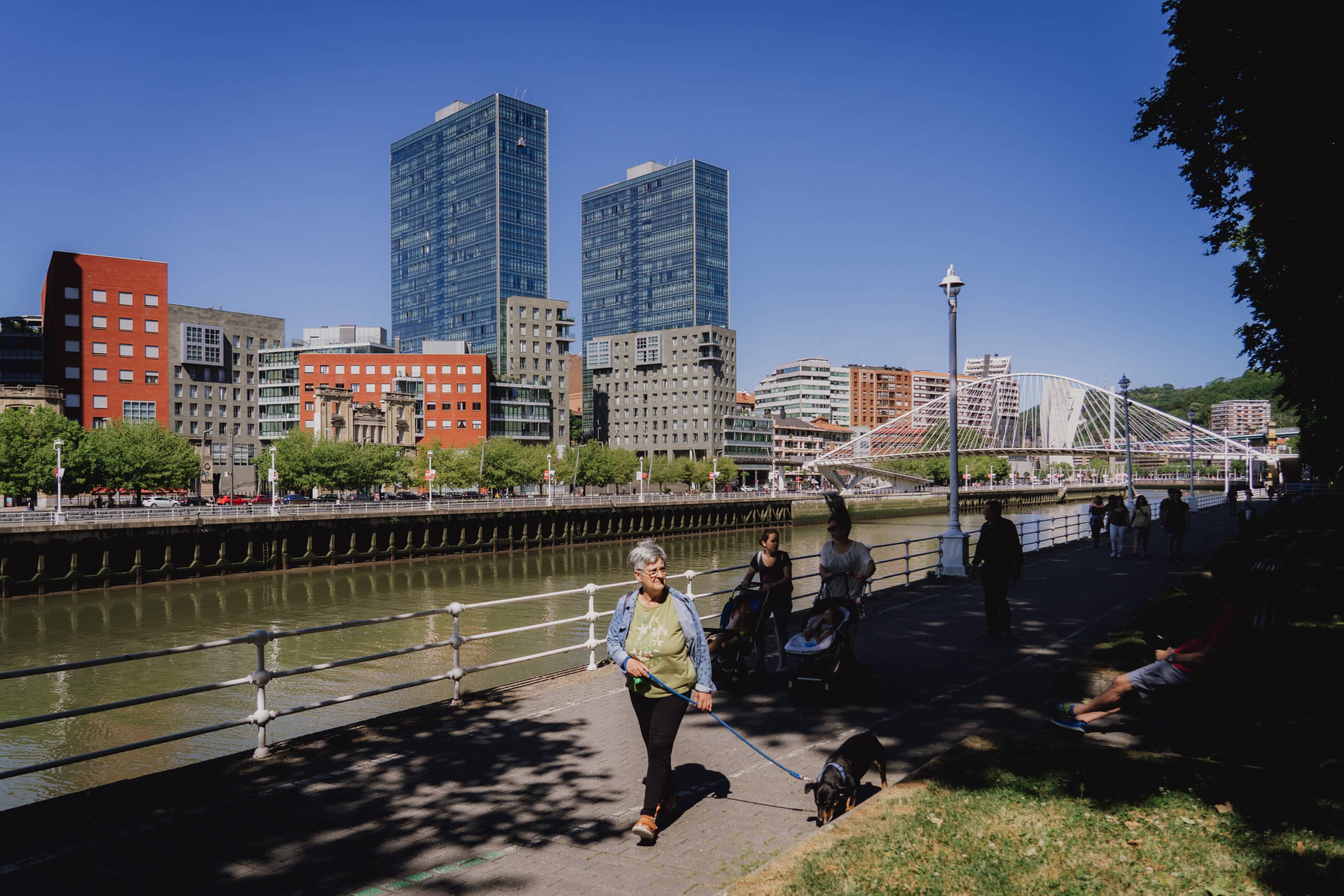
Landscapes transformed by humans
If pristine nature is what you are after, then the Camino de Santiago is not for you. You’ll spend most of your time walking through undulating countryside and farmsteads, dotted with evidence of civilization. Whether you are in Spain, France, or Portugal, it all has its charm. Everywhere you go, you’ll find picturesque landscapes with plenty of human elements that you can use to get creative with your photography.
Still, there is one path that leads further off the beaten path. It’s called the Camino Primitivo and is the oldest of the St. James paths. It is only 321 kilometers long, but it runs through the mountainous and rugged interior of Asturias and Galicia.
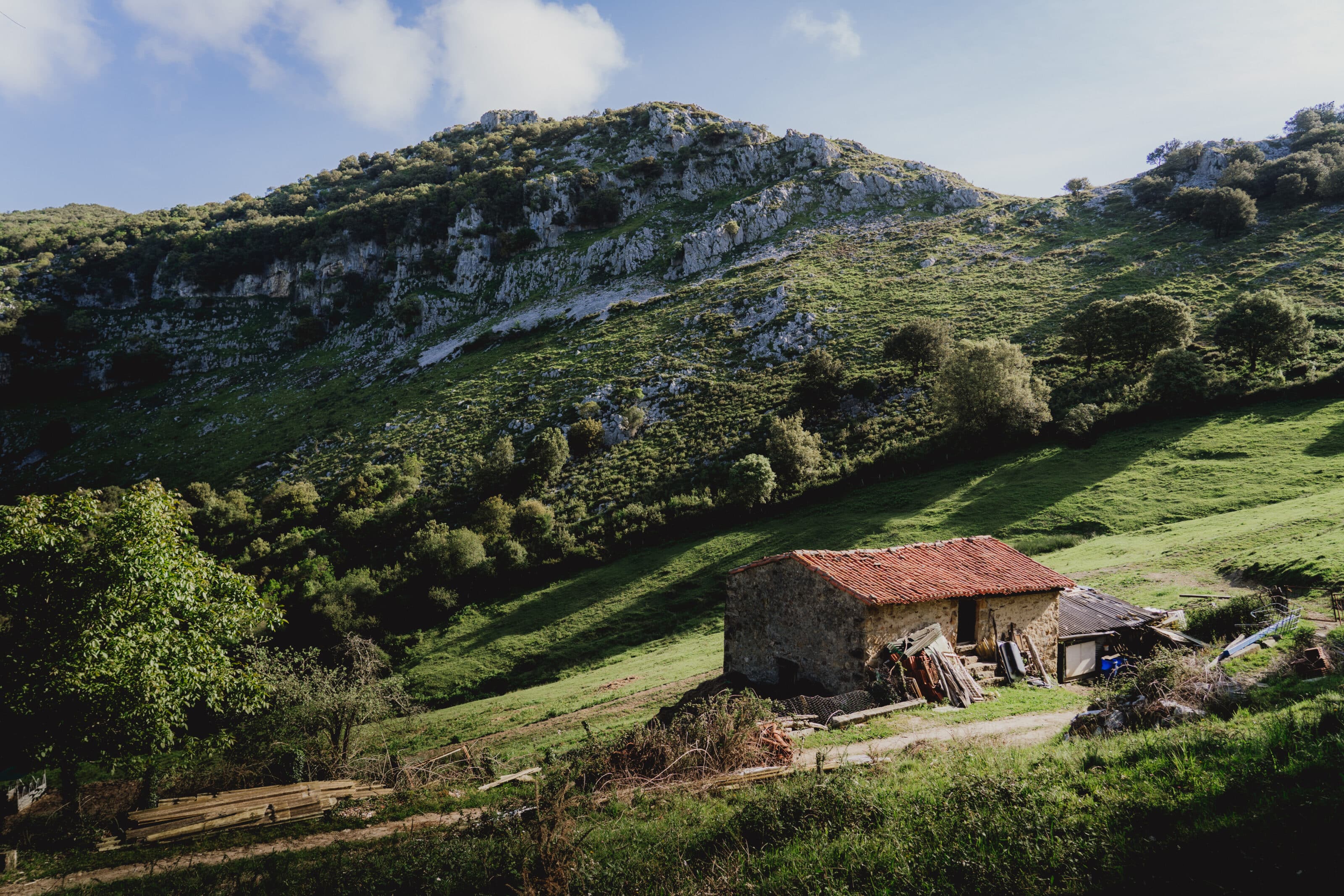
It’s not the Alps or Tatras, but with a full backpack on your back, this trail will be a challenge. No wonder it is considered the most difficult of the St. James trails. You will be rewarded with plenty of views, along with less civilization and less asphalt.
You’ll also find beautiful nature with plenty of ocean views on the Camino del Norte. This Camino is far from remote but offers a good combination of everything—interesting architecture and impressive nature.
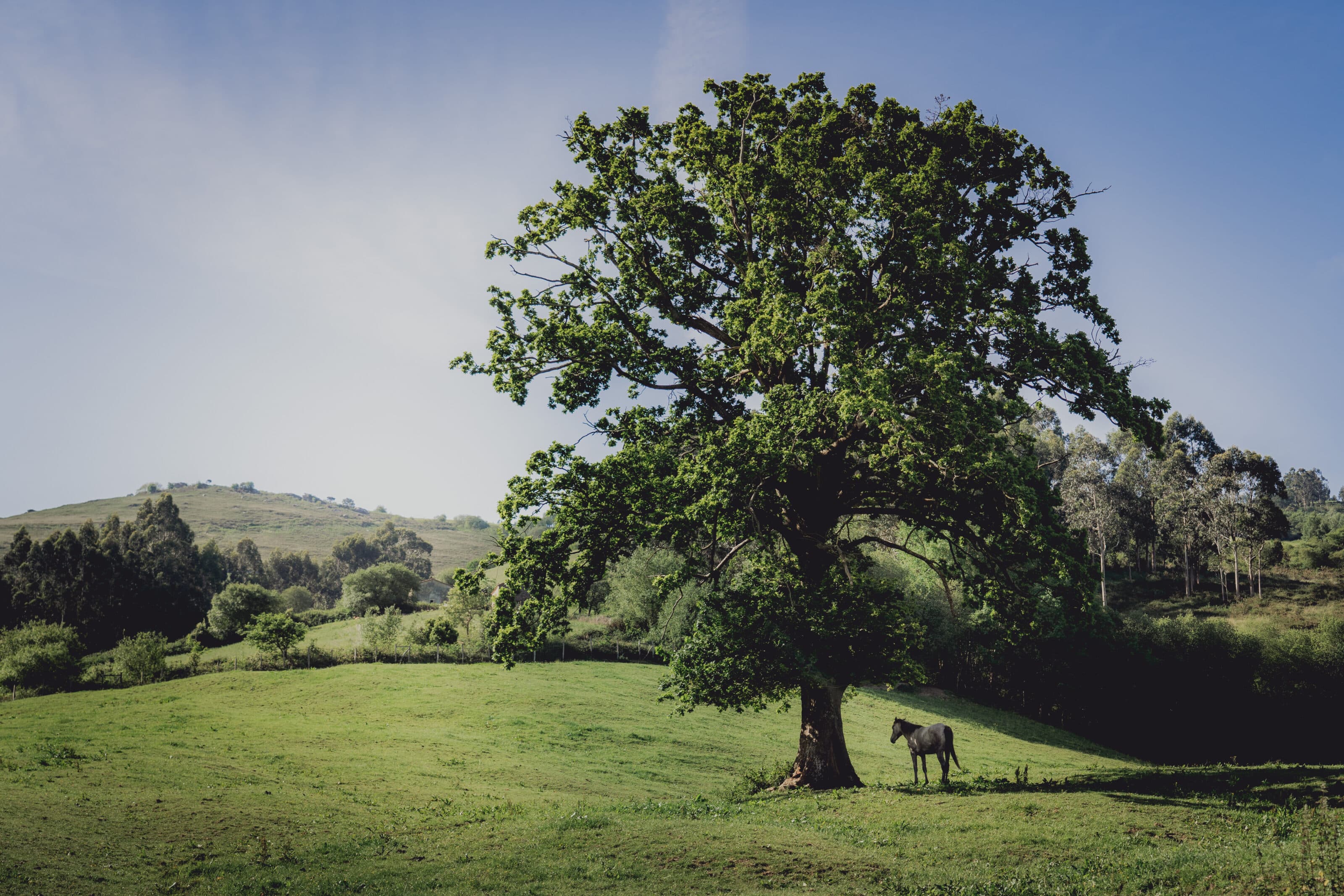
Portraits of fellow travelers
On my journey, I met many travelers who were walking the Camino de Santiago for the second or third time. When I asked them why, the answer was always the same: great food, beautiful nature, but above all, the people. Getting to know other travelers is the real allure of the Camino de Santiago. You meet different people with different stories every day. Sometimes you meet them on the path and sometimes you all sit together in the evening at the Albergue (pilgrim hostel).
You may spend one evening talking with them or spend several days walking together. Either way, it’s a great opportunity to create a photographic series documenting the faces of the pilgrims. Or you could do a series on one particular pilgrim.
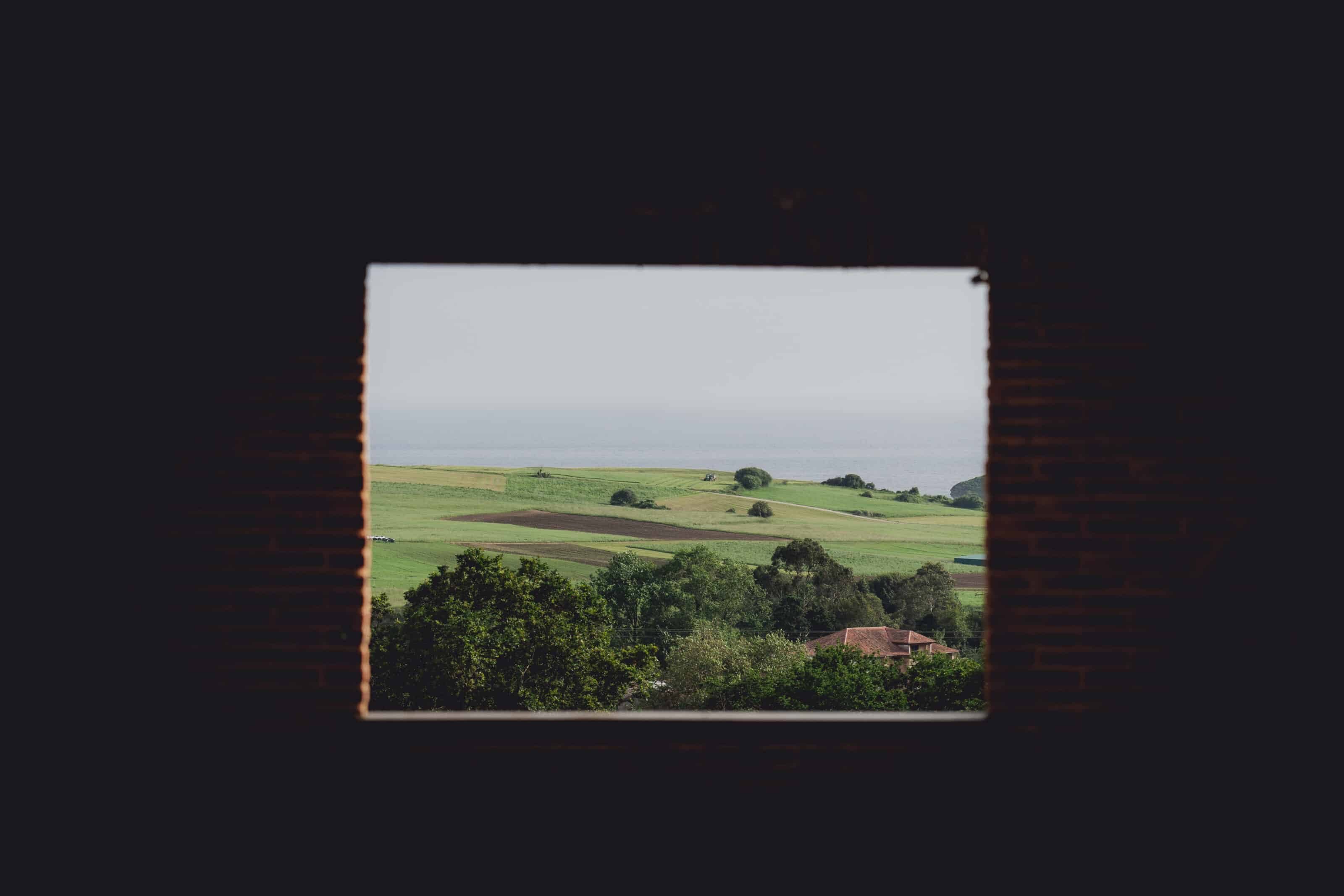
If you want to focus on your fellow pilgrims, then you’ll find most of them on the Camino Francés. But beware, this trail gets very busy, especially in the summer. A good alternative is the Camino Portugués, which for the time being, has managed to avoid the mass numbers of pilgrims. In any case, the number of pilgrims you meet does not guarantee the number of quality portraits you’ll get. You will meet far fewer people on the remote trails, but your interactions may be deeper.
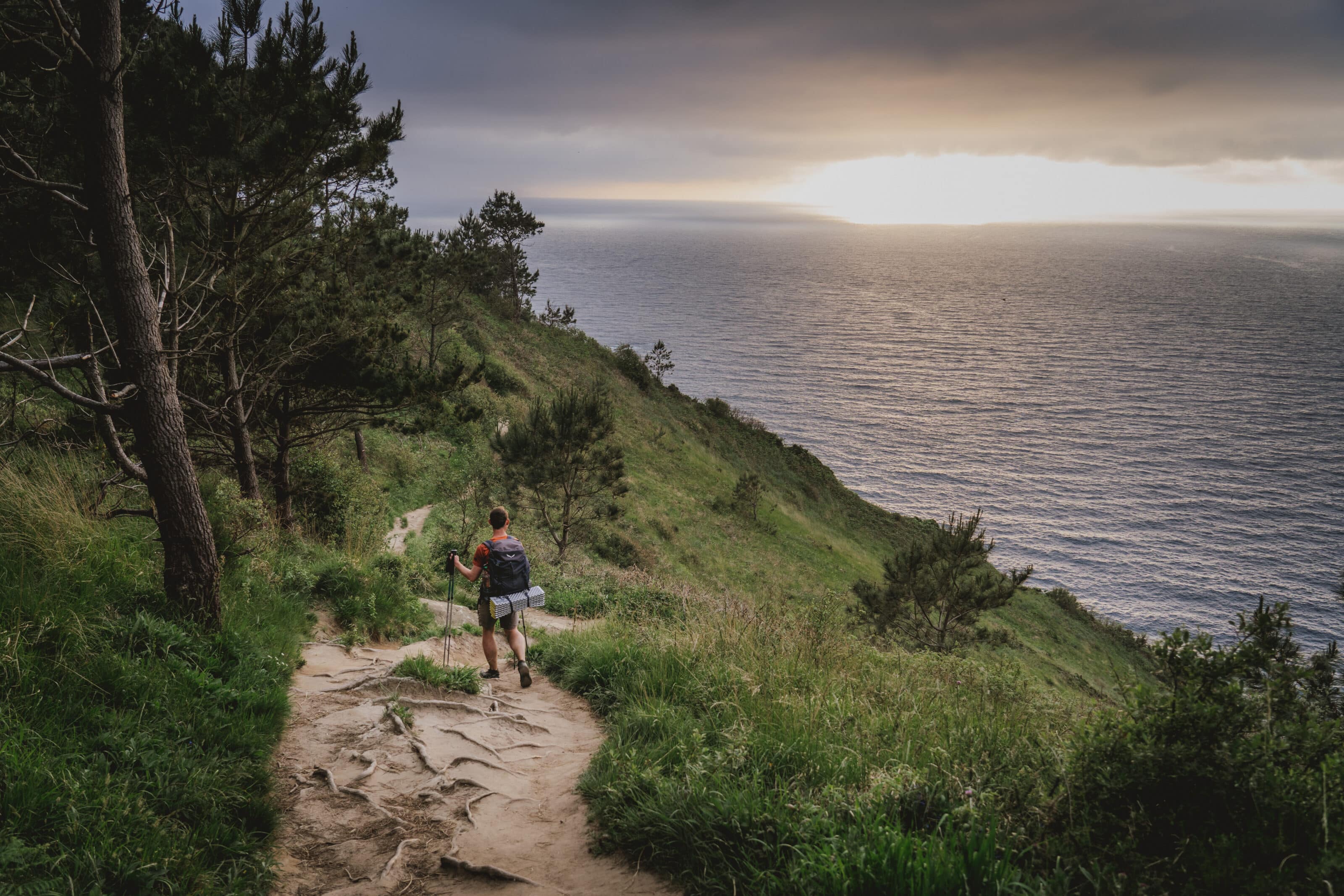

There are no comments yet.